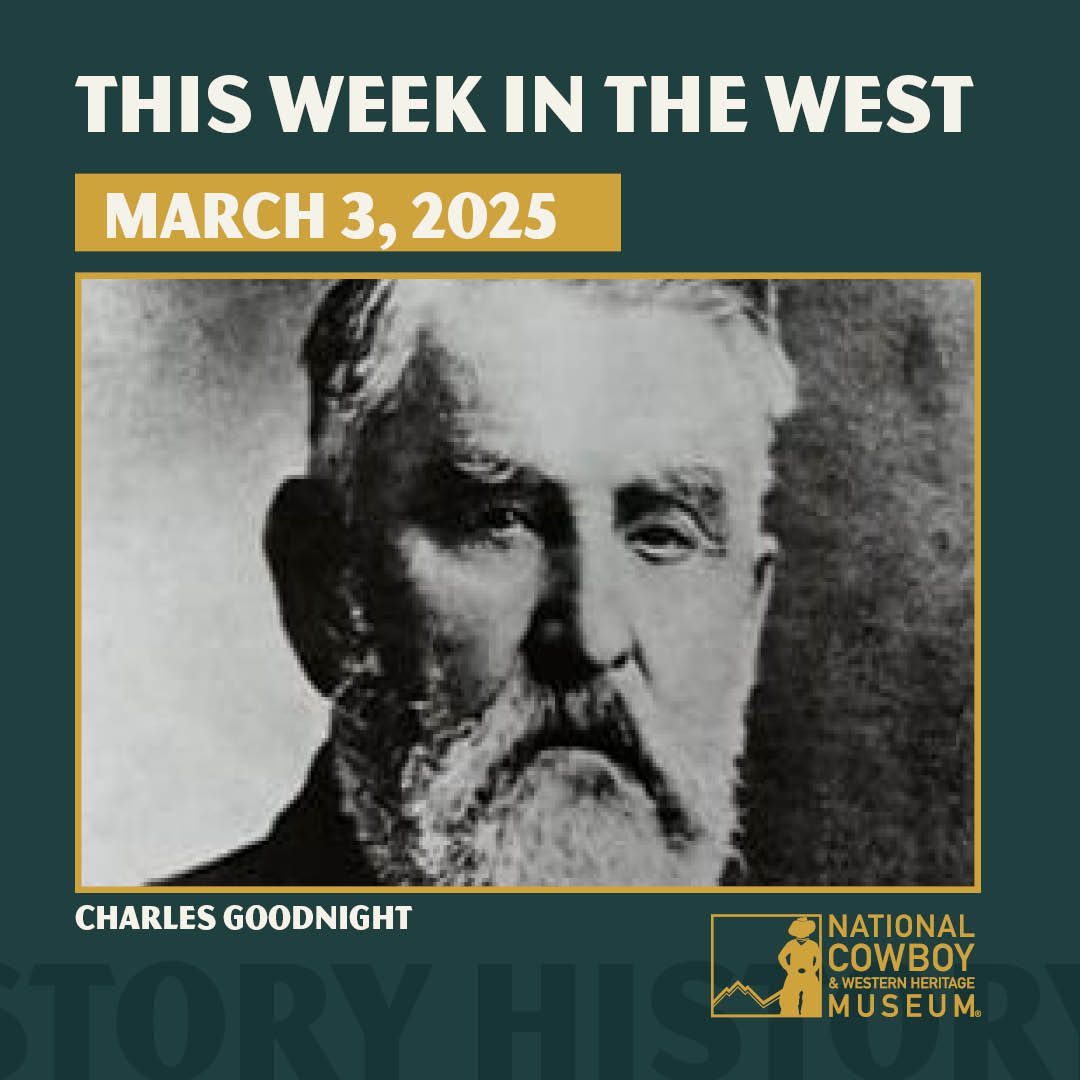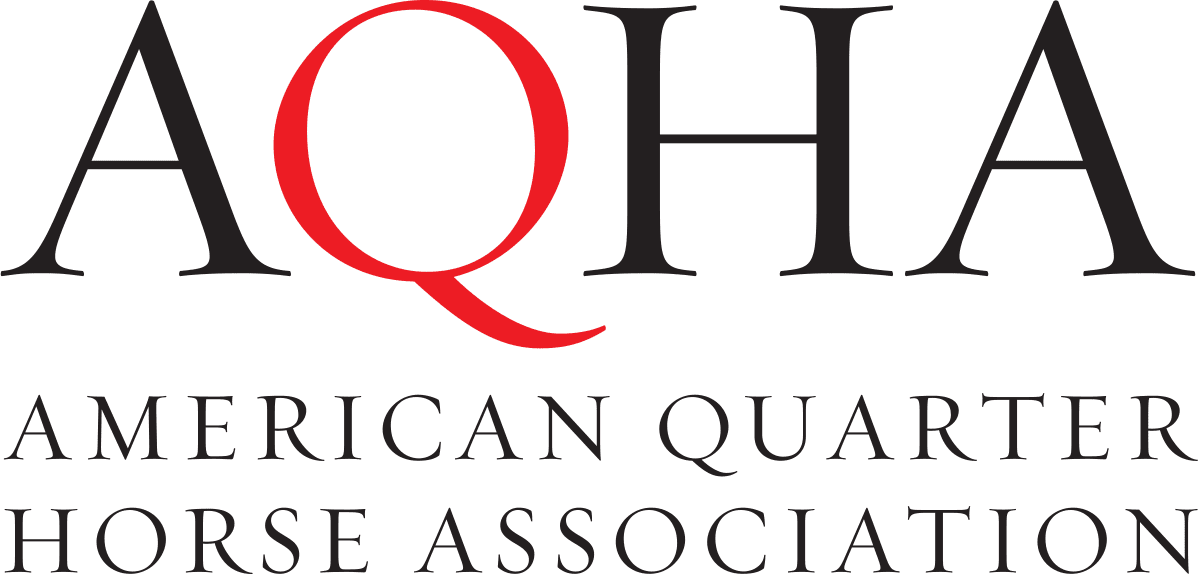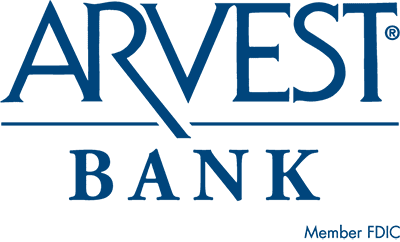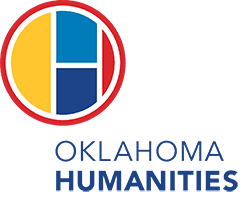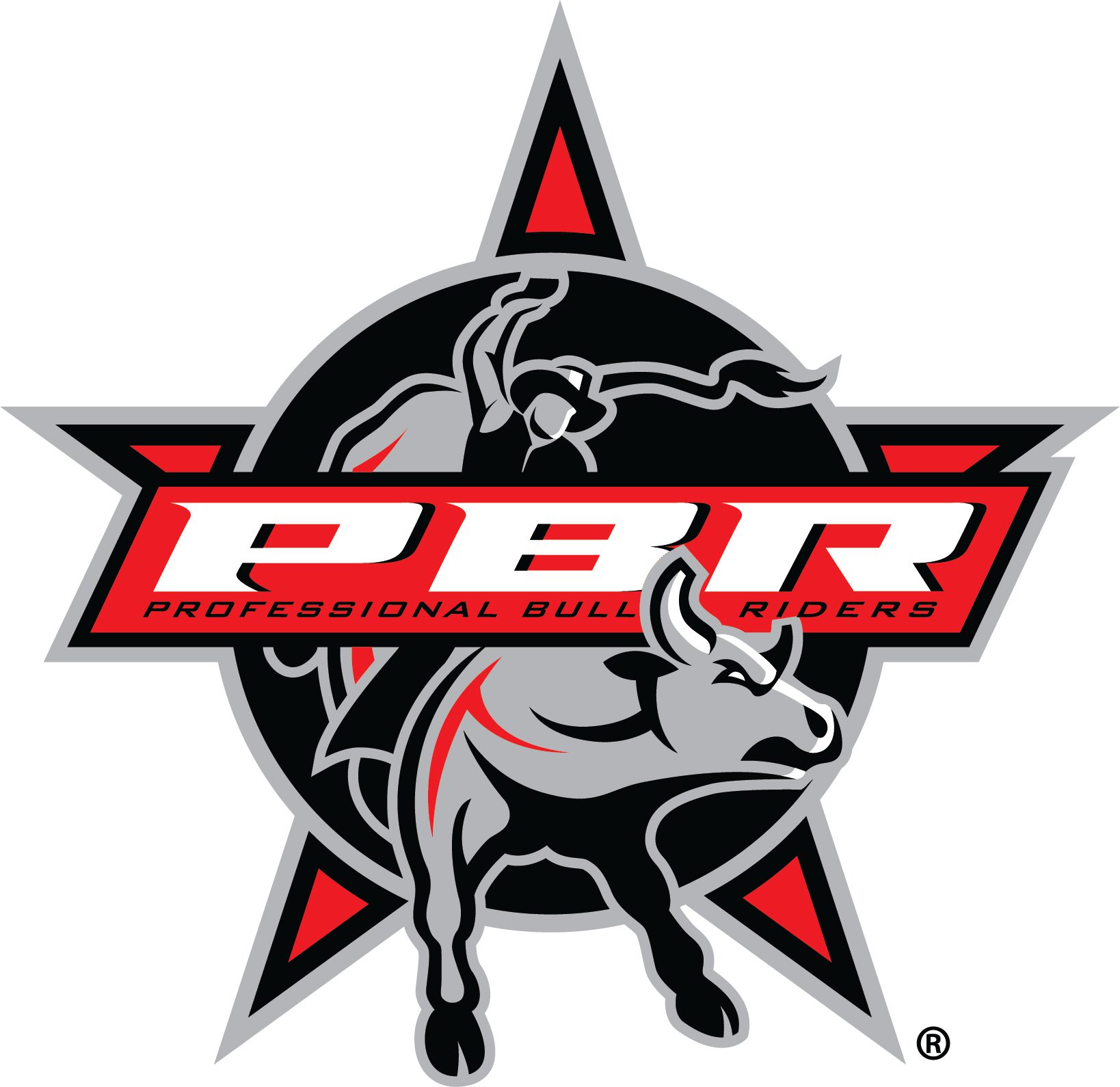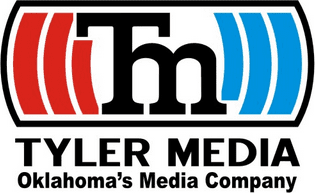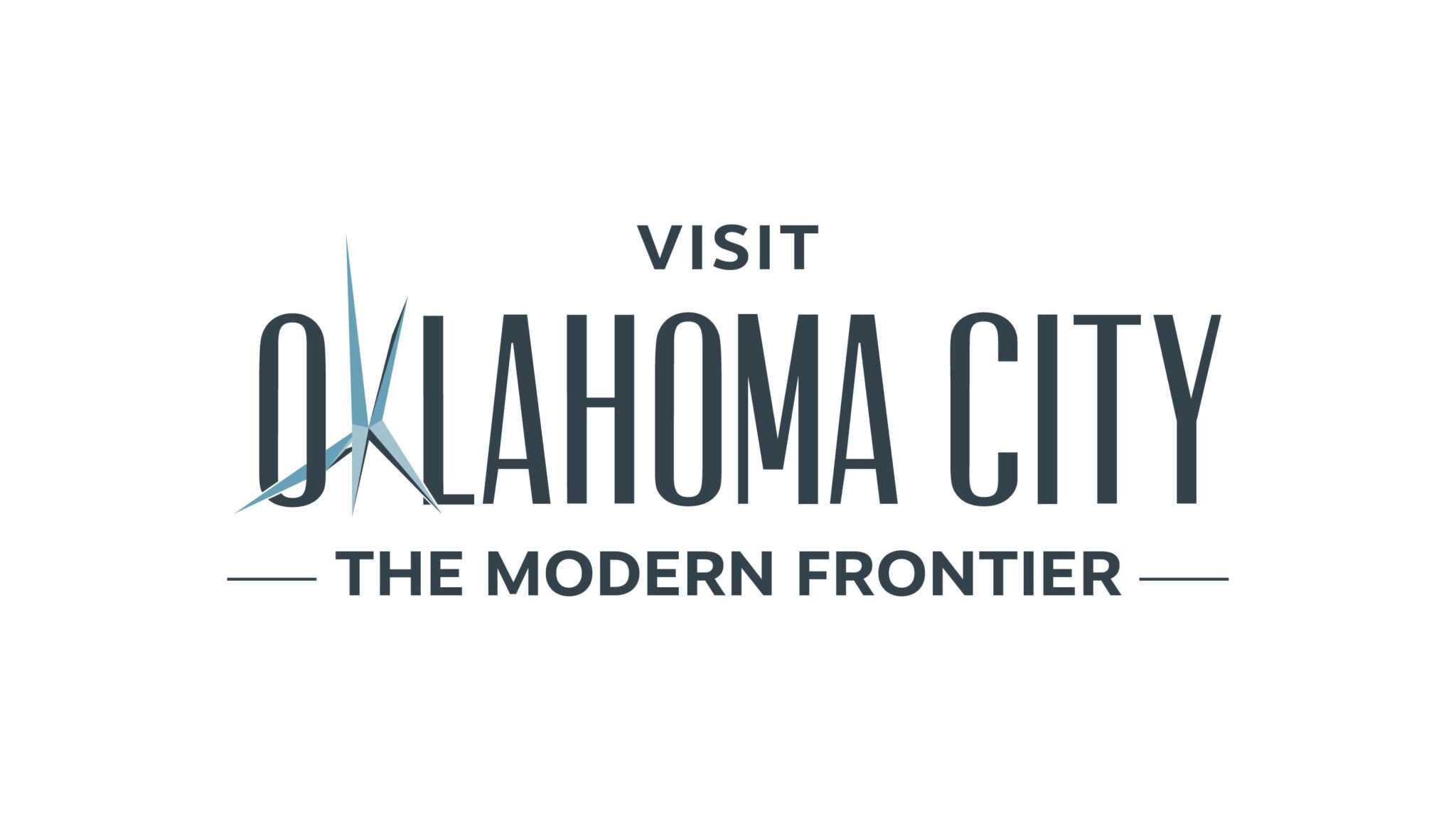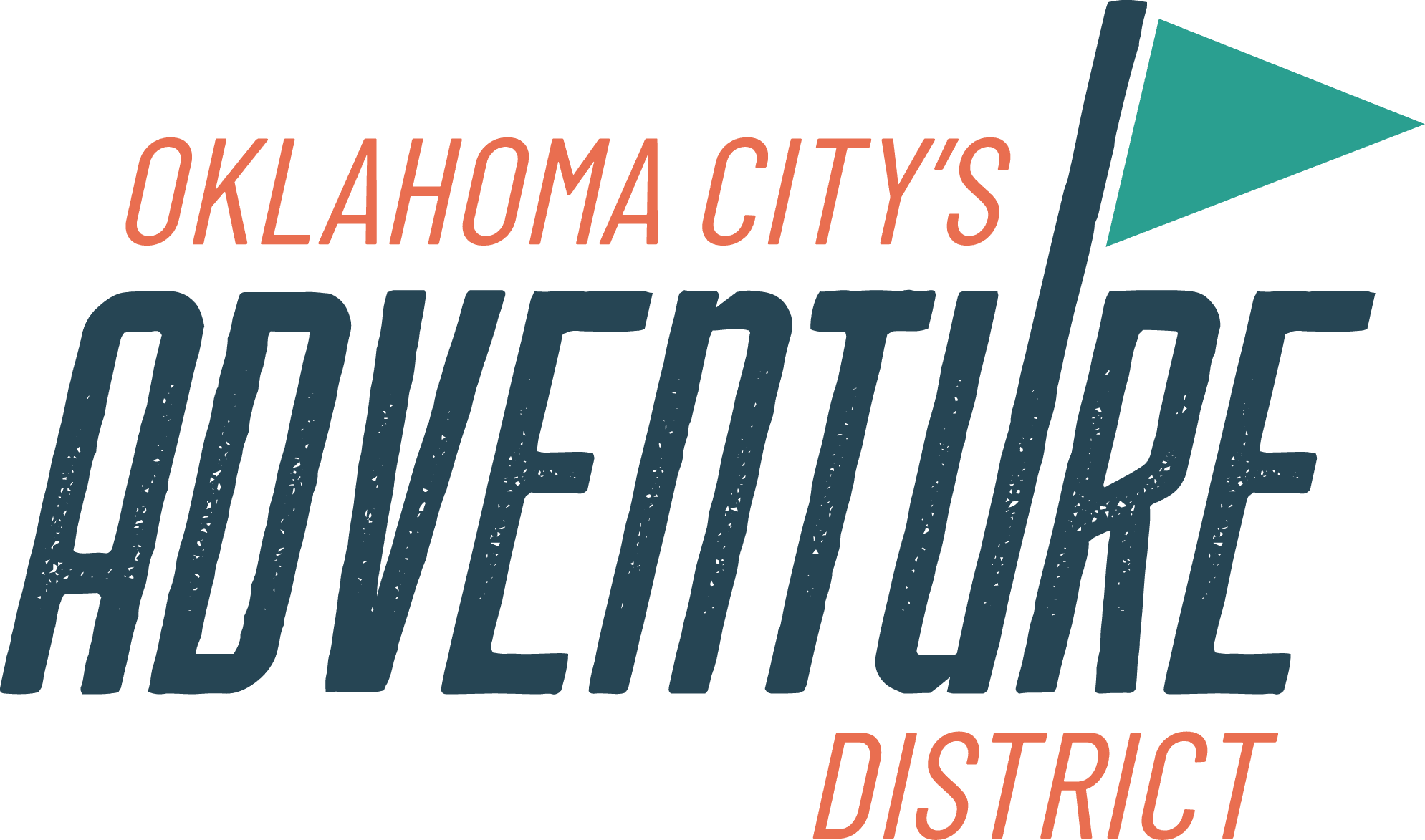Welcome to the blog about our podcast “This Week in the West.” Each week, we’ll share the show’s scripts here on our blog. If you want to listen, click above, subscribe on your favorite podcast app or check back here every Monday.
If you have questions, ideas or feedback about the podcast, you can reach out to podcast@nationalcowboymuseum.org
This desk was handmade for John Wayne to house the 20 volumes and 20 photogravure portfolios of The North American Indian by Edward Curtis. Desk and Bookcase, Maker: Avery Rennick, 1953. Gift of the John Wayne Family, 1979.10.163.
Episode 18: Charles Goodnight
Howdy folks, it’s the first week of March 2025 and welcome to This Week in The West.
I’m Seth Spillman, broadcasting from the National Cowboy & Western Heritage Museum in Oklahoma City.
On this podcast, we share stories of the people and events that shaped the history, art and culture of the American West—and those still shaping it today.
There was money to be made in New Mexico.
Charles Goodnight knew that if he and his partner Oliver Loving could put together a big enough herd of cattle and drive it from Texas to newly created reservations and military installations in New Mexico, they could find their fortune.
Goodnight and Loving’s gamble was successful, and their trail became part of Western history.
But it was just one of the many chapters in the colorful life of Charles Goodnight, who was born this week, March 5, 1836.
Here at the Museum, Goodnight is one of the charter members in our Hall of Great Westerners, along with Will Rogers, Teddy Roosevelt, artist Charles Russell and rodeo cowboy Jake McClure.
But it took Goodnight some time to make his name in the West. He was born in Illinois and, at age 10, moved with his mother and stepfather to Texas. By age 20, he was a cowboy. He joined the Texas Rangers in 1857 and three years later entered Western lore as part of the recapture of Cynthia Ann Parker.
Parker is worthy of a podcast of her own. Her story inspired the classic John Wayne, John Ford Western “The Searchers.”
Parker had been captured by Comanche during a raid on Fort Parker, Texas in 1836. Instead of being killed or released, she was adopted by a Comanche family and assimilated into the tribe.
She eventually married a Comanche chief and had three children.
Goodnight was part of a band of Rangers led by Lawrence Sullivan Ross that had been searching for years for Cynthia at the urging of her father and family. In 1860, they came upon a group of Comanche at the Pease River in North Central Texas. They attacked the Comanche and recaptured Parker, along with her infant daughter. Among the dead was Peta Nocona, Parker’s husband.
Parker’s story went on to capture the country’s imagination and become part of the books and films that followed. Goodnight continued his career as a scout in the Frontier Regiment during the Civil War.
Following the War, Goodnight returned to Texas and went into the cattle business. In 1866, he and Loving hatched their plan.
Their destination was Fort Sumner in eastern New Mexico. More than 8,000 members of the Navajo had recently been put into the Bosque Redondo Reservation near the fort, and Goodnight knew food would be needed.
The journey started at Fort Belknap in north central Texas before sweeping south to Fort Concho and west in the Texas Panhandle. It followed the Pecos River north to a spot known as Pope’s Crossing, about a mile south of the New Mexico-Texas border.
From there, Loving and Goodnight and a team of 18 drovers headed north to Fort Sumner. Along the way, Goodnight was credited with inventing the Chuck Wagon, which allowed drovers to enjoy a hot meal out on the trail. Using an army surplus wagon, Goodnight created his own chuck box, equipped with shelves and drawers, and mounted it on the back of the wagon to keep the cook’s belongings organized.
The box had a hinged lid that, when opened, provided a flat surface for preparing meals. A water barrel, holding enough for two days, was also secured to the wagon, along with hooks, boxes, brackets, and a coffee grinder. Goodnight added a canvas hung under the wagon like a hammock to store wood and kindling, which were hard to find on the prairie. Another wagon box was used to carry the cowboys’ bedrolls, personal items, and food supplies.
Once they reached the fort, Goodnight and Loving sold the steers in the herd for about eight cents a pound. By continuing the trail to Colorado, they found another buyer for 800 stocker cattle. The path would come to be known as the Goodnight-Loving Trail and would be used extensively by other cattle drives up through the 1880s.
In all, Goodnight returned to Texas with about $12,000 in gold. That’s about $240,000 in today’s dollars.
Goodnight settled near Amarillo, building a home and a ranch that grew to more than a million acres. He raised 100,000 head of cattle, including some domestic breeds he crossbred with bison.
On December 12, 1929, Goodnight was spending time at his winter home in Phoenix, Arizona, when he died.
Charles Goodnight was 93.
And with that, we’ve reached the end of the trail for another episode of “This Week in The West.”
Our show is produced by Chase Spivey and written by Mike Koehler
Follow us and rate us on Apple podcasts or wherever you hear us. That helps us reach more people.
We can follow us on social media and online at nationalcowboymuseum.org.
Got a question or a suggestion? Drop us an email at podcast@nationalcowboymuseum.org
We leave you today with the words of American folklorist, writer, and newspaper columnist J. Frank Dobie, a friend of Charles Goodnight: “I have met a lot of good men, several fine gentlemen, hordes of cunning climbers, plenty of loud-braying asses and plenty of dumb oxen, but I haven’t lived long enough or traveled far enough to meet more than two or three men I’d call great. This is a word I will not bandy around. To me, Charles Goodnight was great-natured.”
Much obliged for listening, and remember, come Find Your West at the National Cowboy & Western Heritage Museum.
